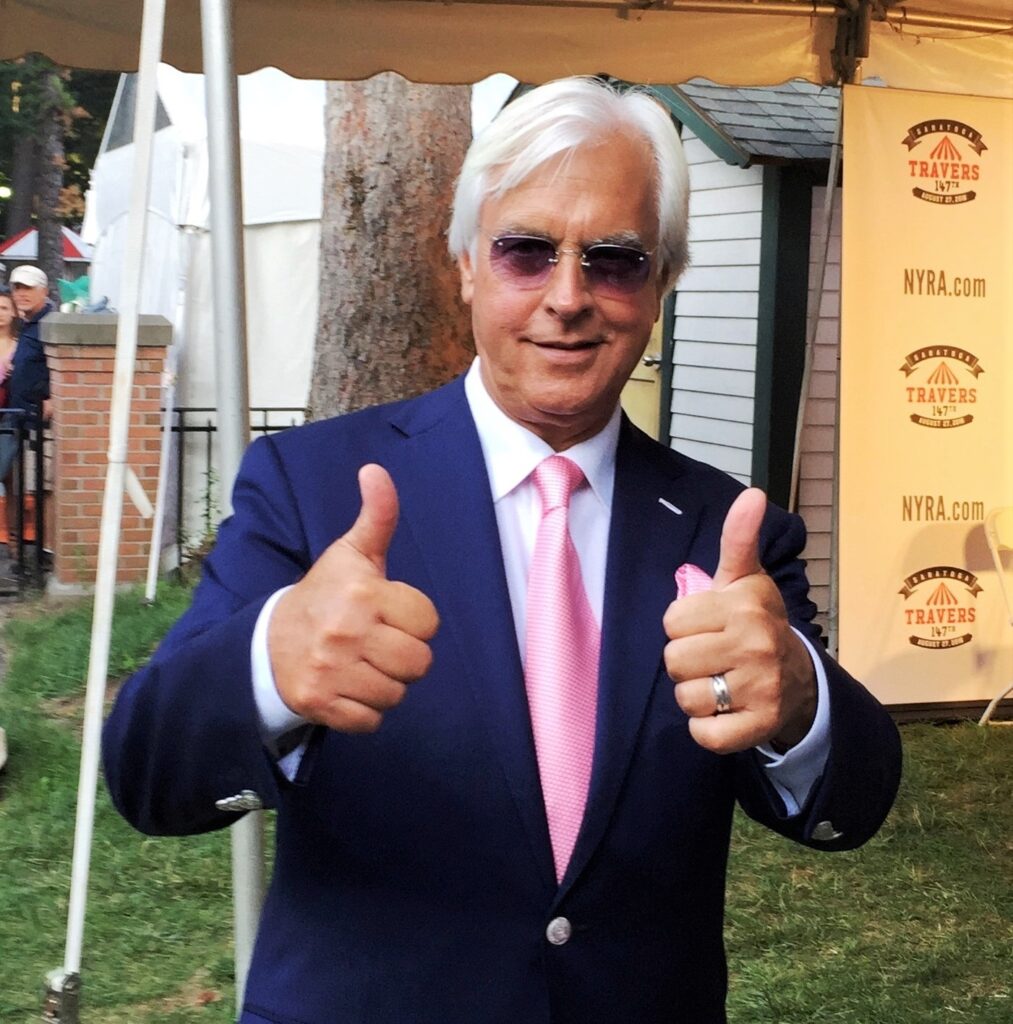Ongoing Medication Rules, Regulations, and Oversight
This issue regarding use of medications has been an ongoing tug-or-war amongst various equestrian groups for many years. On June 13-14, 2011 there was an International Summit on Race Day Medications hosted by NYRA at Belmont Park. It was co-sponsored by the American Association of Equine Practitioners (AAEP) [the world’s largest group of equine veterinarians], the National Thoroughbred Racing Association (NTRA) and the Racing Medication and Testing Consortium (RMTC). Their goal was to discuss the use of Furosemide (Lasix- the diuretic) in horse racing to control ‘bleeding’ [Exercised Induced Pulmonary Hemorrhage-EIPH] from a horse’s lungs during racing and to develop uniform regulations regarding medication. There are some beneficial effects for use of Lasix, however, there are an equal number of legitimate concerns for its use, especially regarding enhanced performance and the integrity of equitable horse racing results.

Opinions were and still are varied, and with good reasons. However, the main speaker, Robert D. Manfredi, Jr., an attorney and then Executive Vice-President for Major League Baseball, and now its 10th Commissioner, warned that if the principals involved in horse racing do not take steps to unify control of all medication aspects of their sport, the government will be forced to intervene and potentially this will be of greater disadvantage to horse racing.
His opinion was not popular to many present, however, he was correct. There currently is a new Congressional Law, H.R.1754 the Horse Racing Integrity and Safety Act [HISA] of 2020 which begins implementation in July 2022, mandating that all such medication issues involving horse racing will fall under the jurisdiction of the Federal Trade Commission (FTC) as its supervised governing body. The FTC will form a partnership with the U.S. Anti-Doping Agency which monitors Olympic medication issues, as its enforcement agency. This arrangement finally gives some regulatory teeth forcing all tracks to cooperate with oversight of any potential doping issues.
Its newly appointed HISA Chairman, Charles Scheeler, a politically skilled businessman and attorney acknowledges that, “It’s going to be the job of this organization to implement standards, rules, and enforcement mechanisms across the entire country; apply them uniformly and try to make a sport which is safer, which is clean, and which is fair-both to those who we govern in terms of due process and also in terms of the public in terms of the information made available to them about the sport.”
Will Pimlico voluntarily suspend Baffert from subsequently training or racing at their Maryland track if litigation concludes that he is responsible for the drug infraction, and will other tracks and other states take the same position? Will the new national regulatory body force other tracks and other states to also ban Baffert for any significant time based upon this still pending infraction penalty? Now that federal oversight and enforcement standards are to be adopted, how will this all play out?
One can’t predict where this debacle is headed, but everyone will now be looking to the new HISA Chairman, its Authority Board, and the standing committee members toward bringing some semblance of rational control and resolution to horse racing’s mounting challenges, especially to the current medication issues. Our primary concern should be the care and safety of our horses, and confident ethical representation of the facts to the public.
